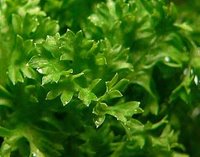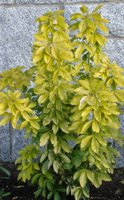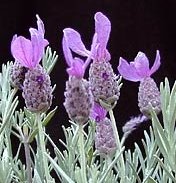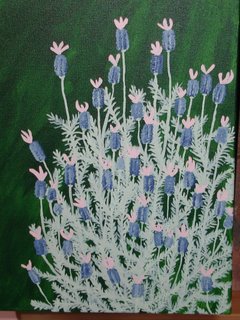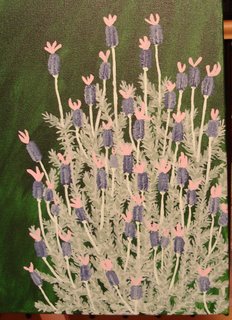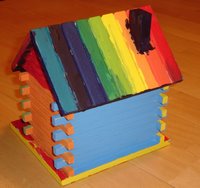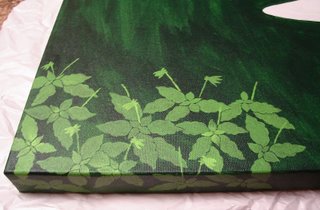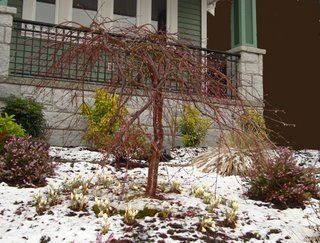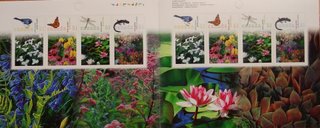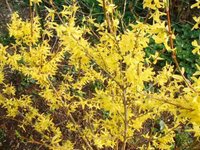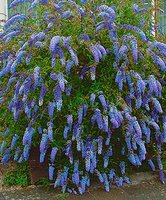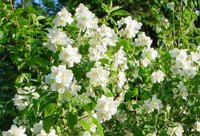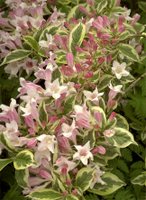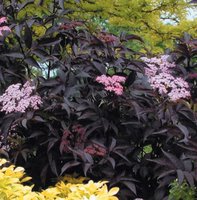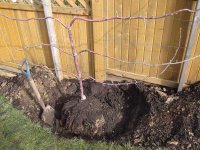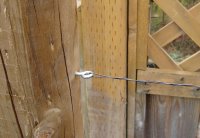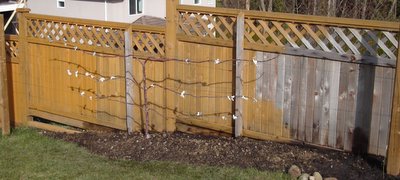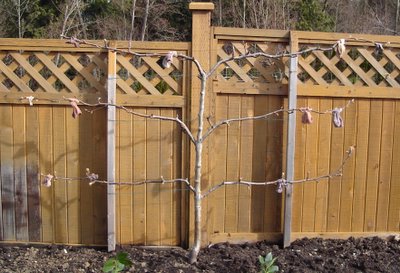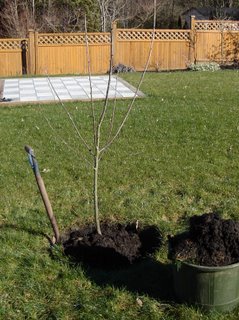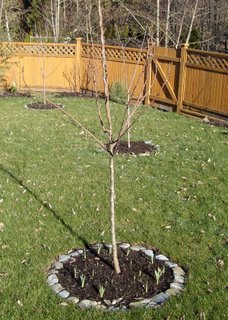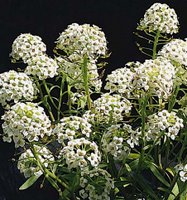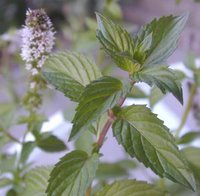I live on a hillside, in an area of former creekbeds. The city has, over time, diverted much of the water, but there is still plenty of underground water, and stories of natural springs in neighbours' back yards. While excavating, we encountered a small underground stream, which now runs through a few tons of gravel, under one corner of the house (deep under our crawlspace), and under our driveway. There is no sign of the water, except that one area of our driveway self-clears of snow and ice.
The soil here is clay, solid and unyielding to the shovel. We brought in some 8 or more truckloads of well-draining garden soil, piling it 6" to 12" deep in most of the garden areas. Into this rich soil, the garden and lawn is planted.
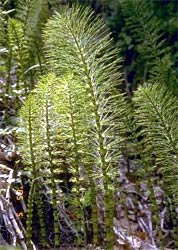
One of the native plants which inhabited this area is the horsetail. It is evident on the North side of our lot (front sidewalk), as well as on the East side (edge of a ravine), and the Southeast corner. Having survived since the time of the dinosaurs, I don't believe it is possible to completely remove it, only to manage it.
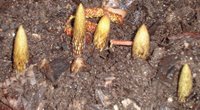
The horsetail, which I discovered underground a couple of months ago when I moved my espalier trees (along the East fence), and dug as many as I could find, is now poking through the soil. I tackled the front garden bed this morning, digging up about 50 shoots, trying to dig down beyond the shoots into the underlying root network, which is anchored in the clay subsoil. I see that it again showing through all along the East fence, and Southeast corner, so there are a few more days of digging ahead of me.
Last year, I did this same exercise twice in the growing season, each time when the horsetail shoots just cleared the surface of the soil. I believe there were some 200 or more shoots the first time I did this, so my efforts, although they seemed futile at the time, may be having some small effect.
I was musing today about whether there would be horsetails in Heaven. My friend and fellow (more experienced) gardener, Irene, believes that there will be roses in Heaven, but that she will be able to enjoy their beauty without the thorns. In the same way, I believe there will also be horsetails.
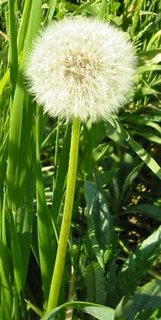
Do you remember, as a child, the wonder of gathering the spherical seedheads of dandelions, and launching all those little parachutes into the wind? My kids love to do the same, and I encourage them to blow them where they find them, not carry them home to do so! I also remember, as a child, walking along the edges of horsetail-lined ditches, imagining I was a giant walking through a miniature forest. Or imagining I was flying high above the valley, so high that the trees looked so small.
I believe that in Heaven, there will be a beautiful display of God's creation, as we already experience a glimpse of here on Earth. There will be horsetails, but they will not be seen as competing for garden space with other wonderful plants and flowers. The toiling we experience on Earth will cease. We will no longer toil to produce a beautiful garden, we will accept that all things are beautiful as they were created to be. The horsetails will have their own miniature valleys to inhabit.
Yes, in Heaven, there will be horsetails and dandelions, and we in newly-restored childlike wonder, will love to "fly" over them and blow them into the wind.



